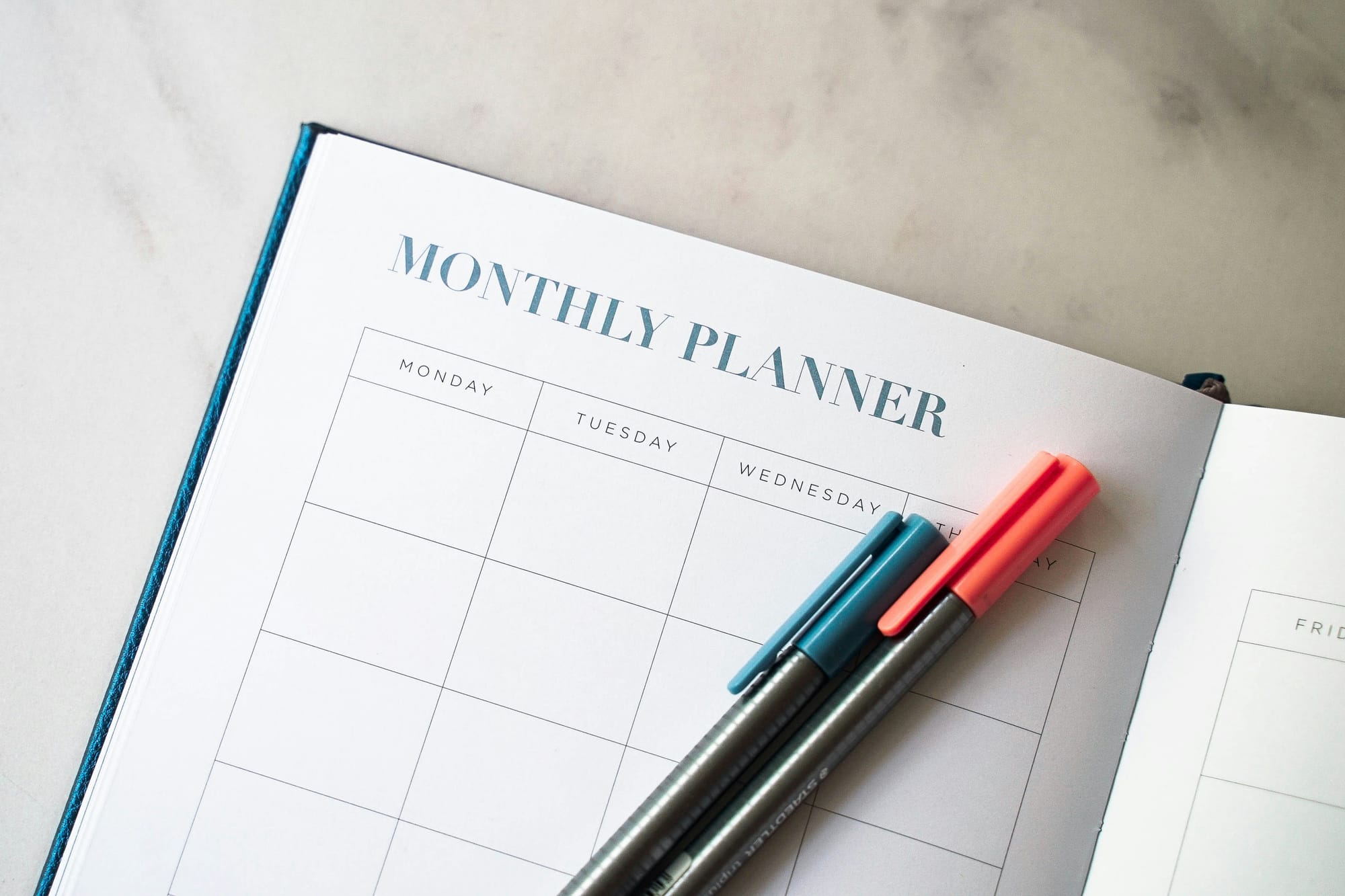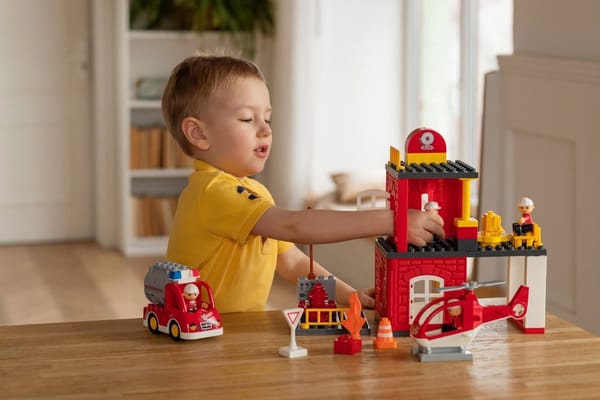Your Ultimate Homeschool Kickoff Checklist: Start the Year Calm, Confident, and Organized

Make space for what matters most this homeschool year.
The start of a new homeschool year brings a mix of emotions—excitement, anticipation, and let’s be honest… a little bit of “Where do I even begin?”
Whether you’re brand new to homeschooling or heading into another year with experience under your belt, the first few weeks of planning can feel like a whirlwind. From choosing curriculum to figuring out routines, it’s easy to get overwhelmed before your first day even begins.
But here’s the good news: You don’t have to do it all at once—or alone!
At The Lively Bean, we’re all about giving homeschool moms tools that actually help. This simple, practical, and sanity-saving checklist is here to help you start the year with clarity and confidence—without the chaos.
Let’s walk through your ultimate Homeschool Kickoff Checklist—a list of thoughtful, doable steps to get organized, set your tone, and start your year on the right foot.
1. Reflect on Last Year (Before You Plan This One)
Before you fill out a single planner page, give yourself a moment to pause and reflect.
Ask:
- What worked well last year?
- What drained my energy?
- What did my kids enjoy most?
- What would I love to change this time around?
Grab a notebook or use your homeschool reflection journal and jot down a few thoughts. Even a 10-minute brain dump can give you powerful insights and clarity for the year ahead.

2. Set a Realistic Start Date and Calendar Outline
Homeschooling gives you flexibility—but it also helps to set intentional anchors for your year.
-Pick a start date
-Decide how many weeks you’ll aim to school
-Mark important breaks, holidays, holiday parties, and trips
-Build in buffer weeks for sickness, burnout, or life
*Bonus: Plan First Day of School Activities
Instead of counting down to the 100th day of school, make your first day feel special with simple traditions. Think: favorite breakfast, a fun photo shoot, interviews with each child, or a celebratory read-aloud picnic. These low-pressure moments help set a joyful tone from day one.

3. Define Your Family’s Homeschool Goals
Instead of diving straight into curriculum, take time to define what success looks like for your unique family this year.
Ask:
- What are our top 3 priorities this homeschool year?
- What character traits or life skills do we want to nurture?
- What interests or passions can we explore more deeply?
These goals don’t need to be Pinterest-worthy. They just need to be real and meaningful to you.
Write them down and keep them visible—it’ll help guide your decisions when things get busy.
4. Finalize Curriculum + Gather Materials
Once you have your goals, now’s the time to select your curriculum or learning materials.
Checklist:
✅ Choose core subjects (math, reading, writing, etc.)
✅ Select electives or enrichment (art, science, coding, etc.)
✅ Order books, printables, unit studies, read alouds, morning basket items, etc.
✅ Download or prep digital lessons, apps, and passwords
✅ Create a weekly subject plan or loop schedule
Tip: Don’t try to use everything. Less is often more when it comes to curriculum.
5. Prep Your Homeschool Space (Big or Small)
You don’t need a dedicated homeschool room to be successful—you just need an organized, functional space that fits your family.
Checklist:
✅ Declutter old supplies and papers
✅ Restock must-haves (pencils, paper, glue, scissors)
✅ Set up a system for storing books and completed work
✅ Create zones: reading area, art bin, daily tools
✅ Add something cozy or personal to make it inviting
This is also a great time to label bins, update chore charts, and get your kids involved in the setup process!
6. Build Your Daily & Weekly Rhythm
A solid rhythm brings peace to your homeschool day—without rigid schedules.
Think through:
- When will you start your mornings?
- Will you do morning baskets, read-alouds, or nature walks?
- When will you take breaks, snack, or transition to different subjects?
- What will your weekly rhythm look like (i.e. “Field Trip Fridays” or “Creative Wednesdays”)?
Create a rhythm that works for your energy, not just your curriculum.
7. Map Out Seasonal Fun & Holiday Celebrations
Homeschooling gives you the freedom to weave joy into your calendar year-round. So why not plan seasonal celebrations and holiday parties now—before things get too busy?
Checklist:
- Fall fun day or nature walk
- Thanksgiving gratitude activity
- Winter celebration and craft day
- Valentine’s Day Party
- Spring picnic or poetry tea
- End-of-year celebration or memory slideshow
These moments don’t have to be elaborate. Keep it simple, keep it fun, and let the kids pitch ideas!
8. Create a Simple Planning & Tracking System
Even if you’re not a “planner person,” some kind of system helps you stay sane.
Ideas:
- Use a paper planner or digital homeschool tracker
- Keep a daily log or journal for accountability
- Have a binder or folder system per child or subject
Consistency is more important than complexity. Pick a system that’s easy to stick with.
9. Prep Your Children for the Transition
A new year can feel exciting and a little uncertain for kids too. Help them feel included and prepared.
Ideas to ease the transition:
- Let them help set up the space or supplies
- Ask what they’re excited or nervous about
- Go over the new rhythm together
- Make a fun countdown calendar
- Start with a soft launch week (lighter activities + connection time)
Creating ownership over the homeschool experience helps kids stay engaged and cooperative.
10. Stock Up on Snacks, Drinks, and Mom Fuel
Nothing slows a homeschool day like a hunger meltdown (and we’re not just talking about the kids).
Checklist:
✅ Create a snack basket or drawer
✅ Stock up on fruit, crackers, pouches, or bars
✅ Make your favorite coffee or tea ritual-ready
✅ Keep a “mom stash” of treats or motivation boosters
✅ Add a water bottle station or hydration tracker
Feeling nourished helps your family stay focused and fueled throughout the day.
Bonus Tips to Lighten Your Mental Load
Want to start the year with less stress and more calm? Here are a few extra ideas that Lively Bean moms swear by:
- Don’t overschedule—leave room for rest and rabbit trails
- Say no to things that drain your joy
- Say yes to connection, curiosity, and your child’s natural rhythm
- Use Sunday evening to plan just one week at a time
Homeschooling is a long game. Give yourself grace and trust that small, steady steps will take you far.
Let’s Hear From You!
What’s one thing you do every year to start your homeschool year strong?
Share in the comments or comment on The Lively Bean Facebook page—we love cheering you on.

Final Thoughts: You’ve Got This, Mama
Starting a new homeschool year can feel like a lot—but you don’t have to carry it all alone. With a little prep, a simple checklist, and a whole lot of grace, you can begin this school year with confidence and calm.
Let this year be the one where you feel more present, more supported, and more joyful in your homeschool journey.


